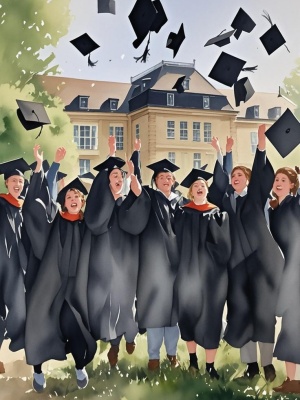Make Your Own Watercolor: A Complete Guide to Creating Custom Paints
Introduction
Creating your own watercolor paints is a rewarding artistic endeavor that allows for complete creative control. Whether you're an experienced artist or just starting out, making watercolors from scratch can enhance your understanding of color theory and painting techniques. This comprehensive guide will walk you through the entire process, from selecting materials to mixing your perfect palette.
Why Make Your Own Watercolor Paints?
The Benefits of DIY Watercolors
Making your own watercolors offers several advantages over store-bought options. You can create unique colors not available commercially, adjust the consistency to your preference, and ensure all ingredients are non-toxic. Many artists find the process itself meditative and creatively inspiring.
Common Problems with Commercial Watercolors
- Limited color selection
- Inconsistent quality between brands
- Unknown ingredient sources
- Higher cost for professional-grade paints
Essential Materials for Making Watercolors
Basic Ingredients
The foundation of any watercolor paint consists of three key components: pigment, binder, and additives. High-quality pigments are available from specialty art suppliers, while the binder typically consists of gum arabic. For those interested in exploring more artistic techniques, our AI Painting Guide offers additional creative insights.
Recommended Tools
- Glass muller for grinding pigments
- Non-porous mixing surface
- Measuring spoons and droppers
- Small airtight containers for storage

Step-by-Step Watercolor Creation Process
Preparing Your Pigments
Begin by measuring your dry pigment. The amount will depend on how much paint you wish to make, but a good starting ratio is 1 part gum arabic to 2 parts pigment. For those who enjoy capturing nature's beauty, our landscape scenes might provide color inspiration.
Mixing the Paint Base
Combine the gum arabic with distilled water in a 1:1 ratio to create your binder solution. Add a small amount of honey or glycerin (about 1/4 teaspoon per cup of mixture) to improve the paint's rewetting properties. This technique is similar to the careful preparation needed for wedding photo styling, where attention to detail creates beautiful results.
Advanced Techniques and Troubleshooting
Creating Custom Color Blends
Experiment with mixing different pigments to achieve unique shades. Keep detailed notes of your formulas for future reference. According to research from the National Gallery, historical artists often created their own signature colors through similar experimentation.
Common Issues and Solutions
- Problem: Paint cracks when dry
Solution: Increase the gum arabic ratio or add more honey - Problem: Colors appear dull
Solution: Use higher quality pigments or try different grinding techniques

Storing and Using Your Homemade Watercolors
Store your paints in airtight containers or pour them into empty pans to create your own watercolor palette. Label each color with its pigment information and creation date. For inspiration on using your new paints, explore our gallery of artistic creations.
Conclusion
Making your own watercolor paints is an enriching process that deepens your connection to your art. While it requires some initial investment in materials and time, the ability to create custom colors and understand paint at a fundamental level is invaluable. Whether you're looking to recreate historical painting techniques or develop your own signature palette, DIY watercolors offer endless creative possibilities.
For more artistic inspiration and techniques, visit our comprehensive blog featuring various creative guides and tutorials. The Tate Museum also offers excellent resources on traditional painting methods that can complement your watercolor journey.